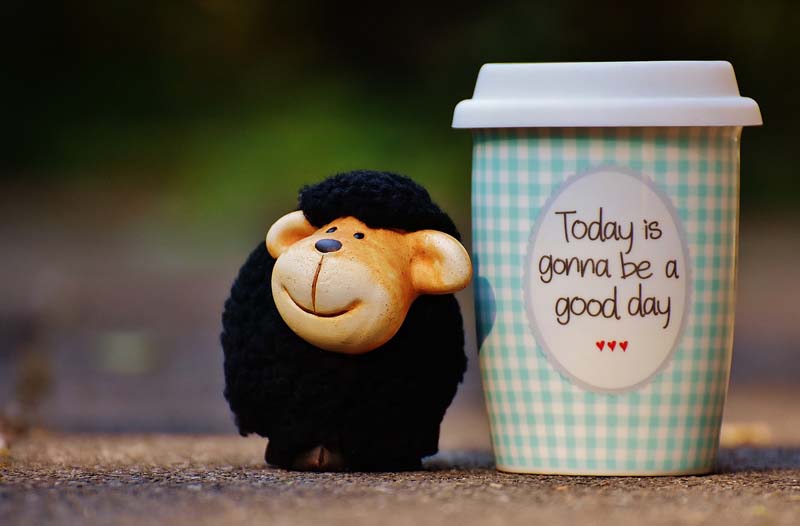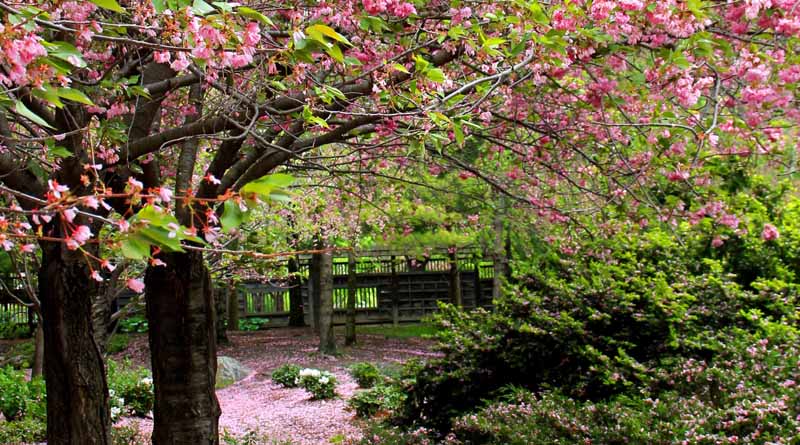
5 Tips for Awe-Inspiring Shots of Spring Blooms
May 26, 2017I love flowers, and seeing the orchards and parks close to home start to bloom, always makes me a great pleasure.
Spring makes me want to always have my camera slung over my shoulder. Flowers, birds, colours…With the arrival of spring, nature gradually wakes up from its long winter sleep. The trees begin to bud, the first flowers begin to hatch, the birds sing…
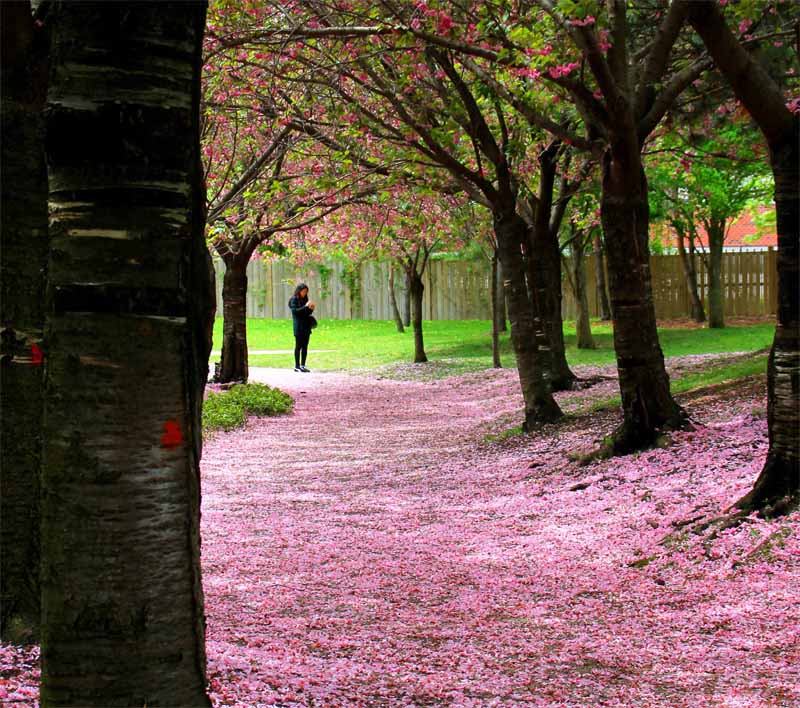
Do you also enjoy the beautiful days with your camera and take flower photos? Whether they are flowers in your garden, a park or simply wild flowers you have before your eyes; countless subjects waiting for you. So much to enjoy!
Taking flower photos is not very difficult; basically, you need to get closer to flowers. The most difficult is to find a harmonious background. You should play with the depth of field by opening more or less the diaphragm, and do not be afraid to multiply the photos by varying the parameters (aperture and speed).
The wind is often embarrassing, it crumbles the delicate petals and jostles the flowers, there is no quick fix, use a high speed and make several attempts to have the chance to have a sharp and well-framed photo.
Let’s go back to the heart of the matter and discover together 5 tips that will allow you to take beautiful flower photos.
1. Heal the background
Paradoxically, the background is perhaps the most important element of a flower photo. You can photograph the most beautiful flower in the world, but if you have not chosen the background carefully, your picture is likely to be missed.
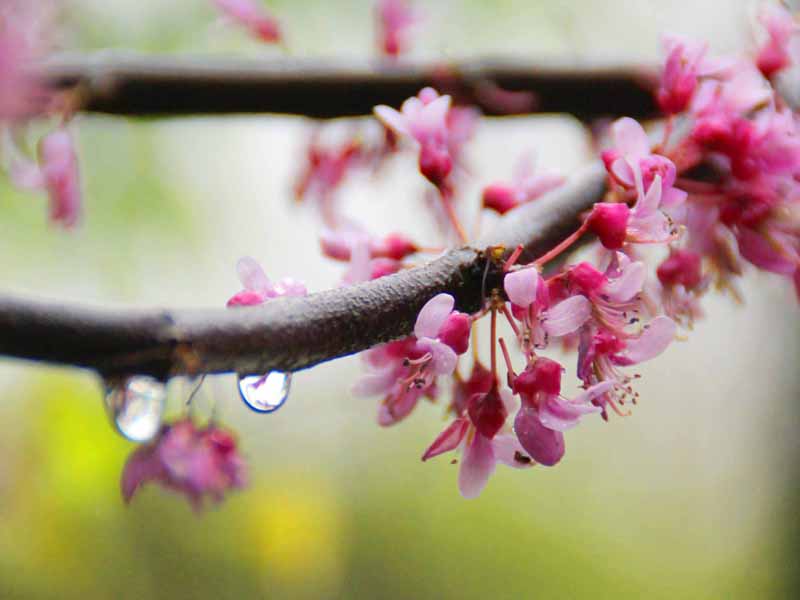
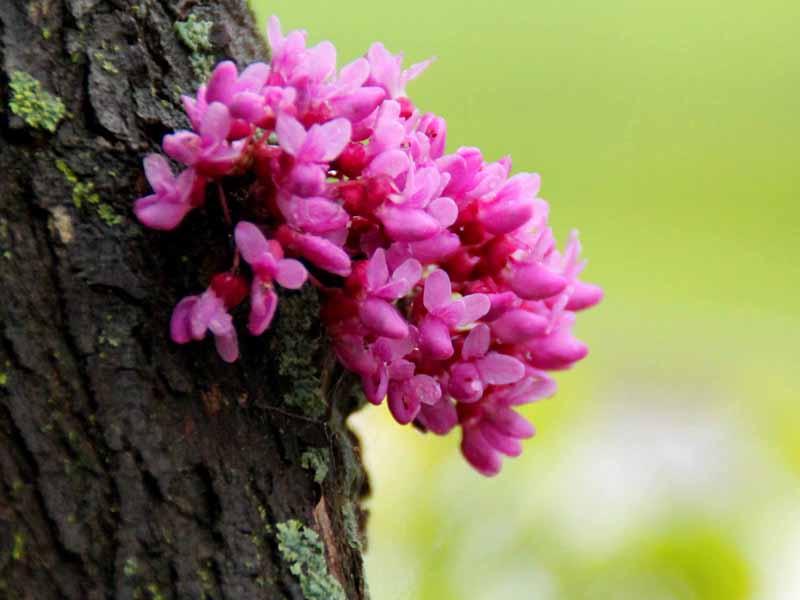
In general, avoid excessively loaded bottoms and prefer a solid background. I also advise you to do everything possible to get a shallow depth of field: by focusing on your flower, the background will be blurry and the subject will detach well from the background.
To appreciate the importance of the background, look at the photo opposite. The combination of a large aperture (f / 5.6) and a long focal length (200 mm) allowed me to obtain a nice background blur.
The colour of the background also plays an important role. By choosing a green background, I was able to highlight a contrast of colours between the subject and the background: the flower is more emphasized and my photo has more impact.
2. Watch the wind
Have you ever tried to photograph flowers on a windy day? If so you probably have a series of blurry photos.
When the wind is on the game, the flowers move constantly, and the focus is more than delicate to perform. It is therefore very possible that the focusing is done in the wrong place, that is to say elsewhere than on the flower itself. On the other hand, if you do not have a fast enough shutter speed, the sensor records the movement of the flowers instead of freezing it.
You will have understood, unless you try to complicate your life, you will more easily succeed your photos of flowers in the absence of wind. The wind is often absent at the beginning of the day – so take advantage of this moment to make your photos.
3. Change your point of view
The point of view you choose will have a strong impact on the end result. The photos of flowers taken at man’s height are rarely interesting. Using this view, you will show the flowers as anyone can see them. The man-height photo for documentary photography is okay, but for your images, you will struggle to stand out. Moreover, by photographing your subject from top to bottom – one talk about diving – the subject tends to be crushed by the perspective and it is therefore little emphasized.
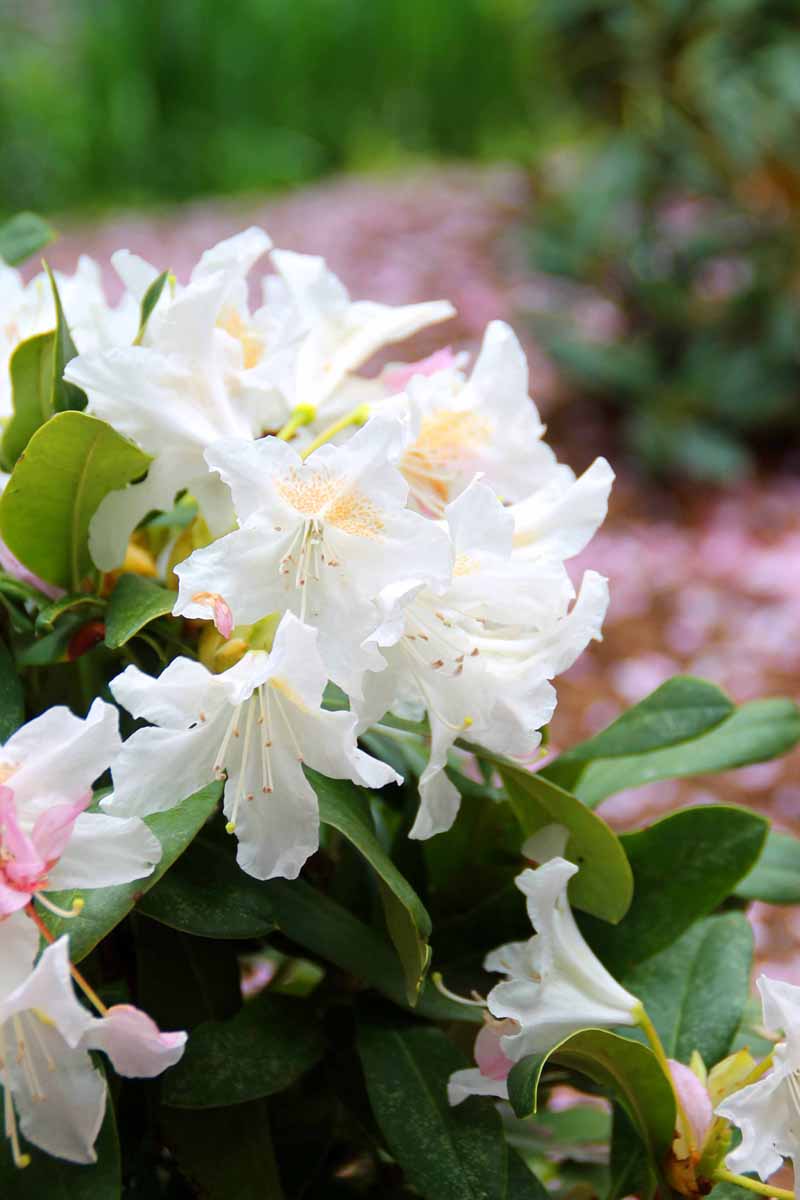
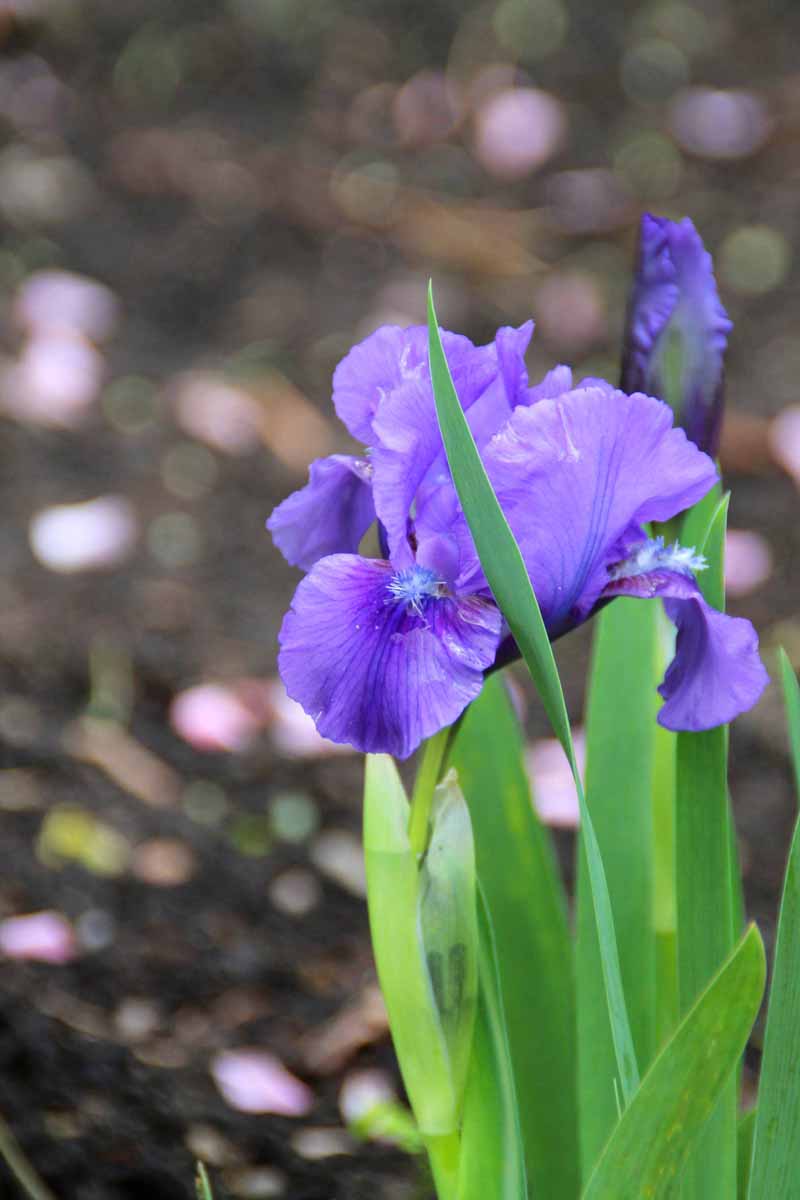
If you want to give strength to your compositions, place yourself at the height of the flowers. For some types of flowers you will have to contort, kneel or lie on the ground, but the game is well worth the effort.
Another effective technique is to photograph the flowers in low angle. In this case, you should place the appliance under the flowers and direct it more or less upwards. The flowers will look immense and for the moment you will propose an angle of view original to the spectator.
4. Choose the right light
Spring usually rhymes with good weather and one would be tempted to think that these are ideal conditions for taking pictures of flowers. However, direct sunlight is far from perfect for this type of subject. The scene is often too contrasting, shadows are marked, details and textures are harder to see … For all these reasons, prefer the beginning or the end of the day when the light is less hard. You can also position a diffuser between the sun and the flower to soften the light.
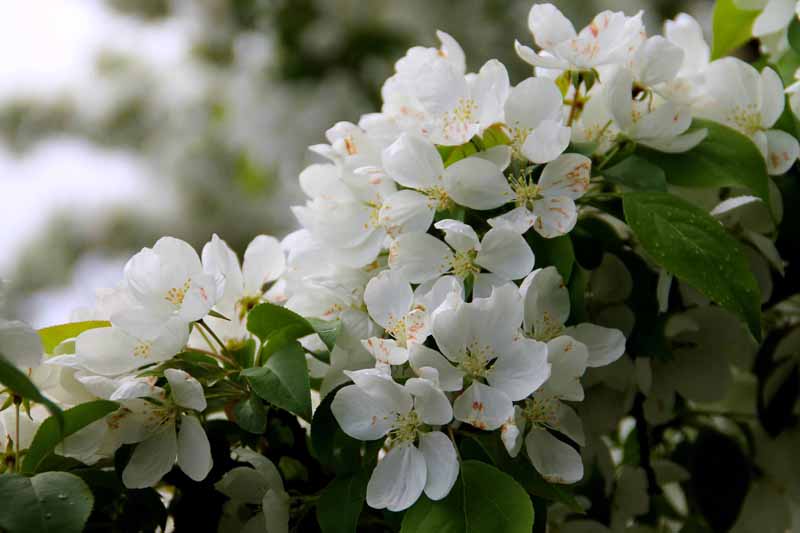
But if you want to free yourself from these constraints, I advise you to favour the days covered for your flower photos. The light is much softer, and it is naturally diffused by the clouds present in the sky. You will not need any accessories or wait for a specific time of day.
5. Fill in the frame
You’ve probably already been seized by looking at photos of close-up flowers. If this type of image works well it is primarily because the photographer made the choice to show only the essential. Many beginner photographers unfortunately realize frames too wide where the subject is lost in the image. To avoid falling into this trap, be sufficiently selective in achieving your framing.

For your tight frames I advise you to use a long focal length because it will make it easier to get a blurred background. At the material level, a 55-200 mm or a 70-300 mm will do just fine. The only disadvantage of this type of lens is that you will be limited by the minimum focusing distance. If you get too close to your subject it will not be possible to focus.
If you want to get closer, there is no miracle, you will have to use accessories dedicated to macrophotography: an extension tube or a macro lens, for example.
You can then make your creativity speak and create beautiful abstract compositions by concentrating on details: a piece of petal, stamens or the pistil of a flower.
Have fun with your flower photographing and let yourself be surprised!
Photographer: Jason Li
[254 total views]
